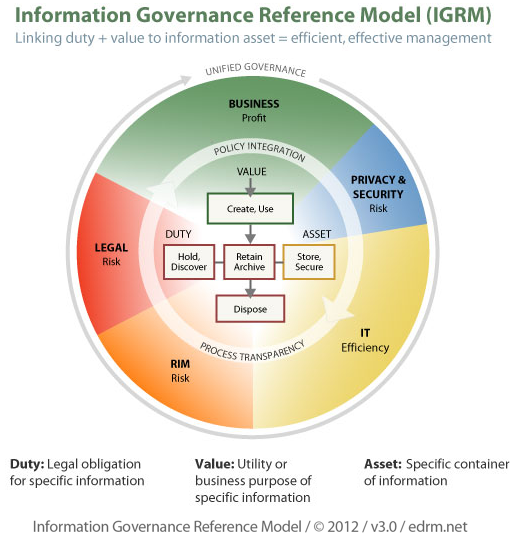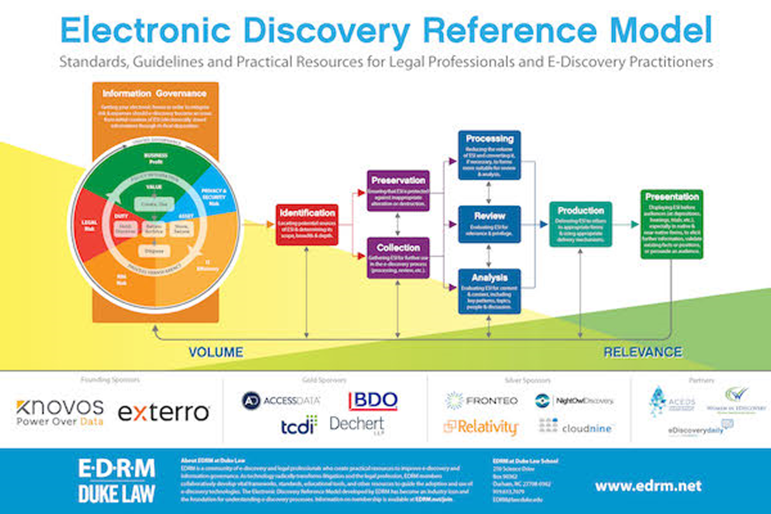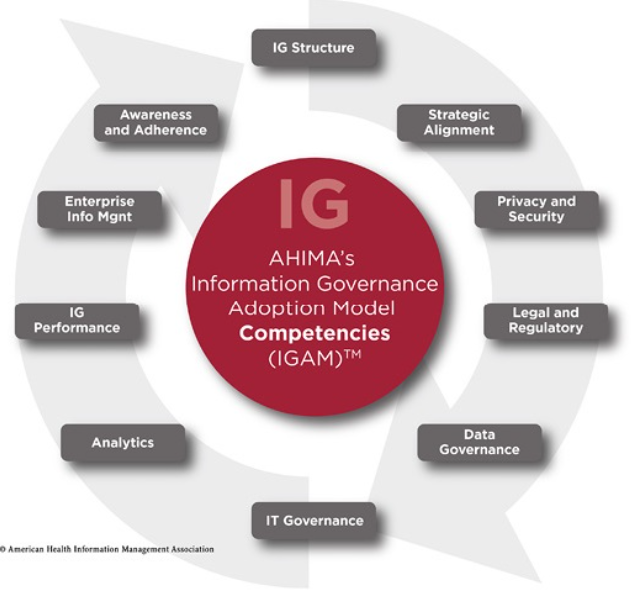eDiscovery Project Management from Both Sides: eDiscovery Best Practices, Part Two
Editor’s Note: Tom O’Connor is a nationally known consultant, speaker, and writer in the field of computerized litigation support systems. He has also been a great addition to our webinar program, participating with me on several recent webinars. Tom has also written several terrific informational overview series for CloudNine, including his most recent one, Preparing for Litigation Before it Happens, which we covered as a webcast on September 26. Now, Tom has written another terrific overview regarding pre-litigation considerations titled eDiscovery Project Management from Both Sides that we’re happy to share on the eDiscovery Daily blog. Enjoy! – Doug
Tom’s overview is split into four parts, so we’ll cover each part separately. Part one was covered on Monday. Here’s the second part.
The Project Manager’s Perspective to Project Management
How do project managers define their role? Well Mike sets it out on his company website when he says:
Project management is the structured application of skill, knowledge, tools and techniques to organize activities and bring about a desired outcome that meets a project or business need. While this may seem abstract, it is really quite simple: In the business world, even in a professional service field like the legal industry, there are business needs or goals that an organization may have interest in achieving. Organizations engage the person with the right skills, knowledge and talent to achieve these objectives and manage the necessary work. That person is a project manager. Project managers use their industry experience, education and training to complete tasks and the overall project work. They understand the resources, tools and workflows necessary. They are able to interact with people and organizations to perform the actual work. But project management is not a single “thing” or practice. It is not a specific tool that one simply picks up and transposes over the work in a particular industry. Rather, it is an operational theory and series of practices; a way of thinking; a methodical, disciplined approach to outcome-oriented work. There are principles, defined practices, tools and techniques involved, but more than any one thing, project management is an organizational tool. It is a framework that facilitates efficiency, quality, cost, and risk containment. Project management in the context of legal support also involves leadership of people…
He then goes on to offer some useful definitions, including:
- Project: A temporary, non-routine endeavor limited by scope, time, and cost that creates a unique product, service, or result.
- Project management: The structured application of skill, knowledge, tools, and techniques to organize project activities designed to efficiently bring about a desired outcome.
- Project manager: The person possessing the applicable skill, knowledge, and talent, who is assigned by an organization and responsible for actively managing the project.
- Process: The discreet steps, actions, or operations one takes to achieve project objectives, the tools used, and an understanding of what each part of a project will look.
But perhaps most important is that Mike feels quite strongly that “eDiscovery PM comes only after you have a firm grounding in general project management principles. Those principles are ideally suited to a project which has repetitive and dependent tasks, a variety of people and organizations involved and the need to better manage scope, timing, and costs.” ( https://www.relativity.com/blog/the-anatomy-of-project-management/ , August 29, 2016).
Which of these principles can we use in eDiscovery? I’d suggest the following points made by Mike as being the most critical:
- Cost: The ability to estimate, budget, and manage the costs of the project.
- Scope: What Mike calls “What does done look like?”
- Time: The Project Management Lifecycle to avoid missed deadlines and fragmented schedules which lead to added cost
- Tools & Techniques: What tools are required, including written protocols or best practices?
- Output: requirements during and at the conclusion of an ESI project
I should note that Mike goes into even more detail when discussing the Project Management Lifecycle. He breaks the lifecycle down into five Project Management Process Groups. He describes this as a framework which he describes in this graphic:

Mike also goes on to say that the lifecycle does not end here. Within each process group there are areas of responsibility that a project manager must focus on throughout a project.
Known as the Knowledge Areas, these are the core process elements in each of the five process groups:
- Integration management
- Human resource management
- Scope management
- Communication management
- Time management
- Risk management
- Cost management
- Procurement management
- Quality management
- Stakeholder management
All of these provide a framework for the project manager to estimate, budget, and manage a project. And these traditional project management methodologies work equally well in the e-discovery context. As Mike said in the blog post quoted above, “Doing things like planning, communicating, setting clear expectations, figuring out what ‘done’ looks like, [are] just a sensible means of approaching litigation and e-discovery in particular,”
We’ll publish Part 3 – The Lawyer’s Perspective to Project Management – on Friday.
So, what do you think? How does your organization apply project management to your eDiscovery projects? As always, please share any comments you might have or if you’d like to know more about a particular topic.

Sponsor: This blog is sponsored by CloudNine, which is a data and legal discovery technology company with proven expertise in simplifying and automating the discovery of data for audits, investigations, and litigation. Used by legal and business customers worldwide including more than 50 of the top 250 Am Law firms and many of the world’s leading corporations, CloudNine’s eDiscovery automation software and services help customers gain insight and intelligence on electronic data.
Disclaimer: The views represented herein are exclusively the views of the author, and do not necessarily represent the views held by CloudNine. eDiscovery Daily is made available by CloudNine solely for educational purposes to provide general information about general eDiscovery principles and not to provide specific legal advice applicable to any particular circumstance. eDiscovery Daily should not be used as a substitute for competent legal advice from a lawyer you have retained and who has agreed to represent you.









